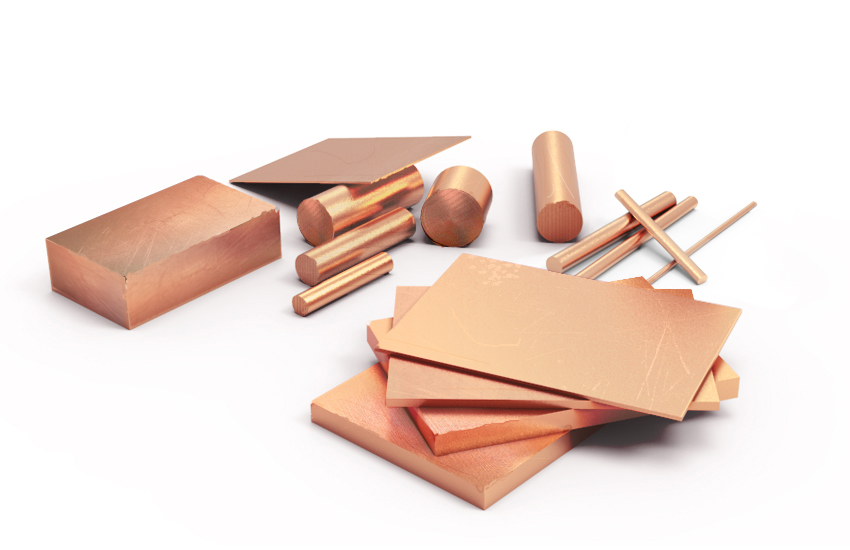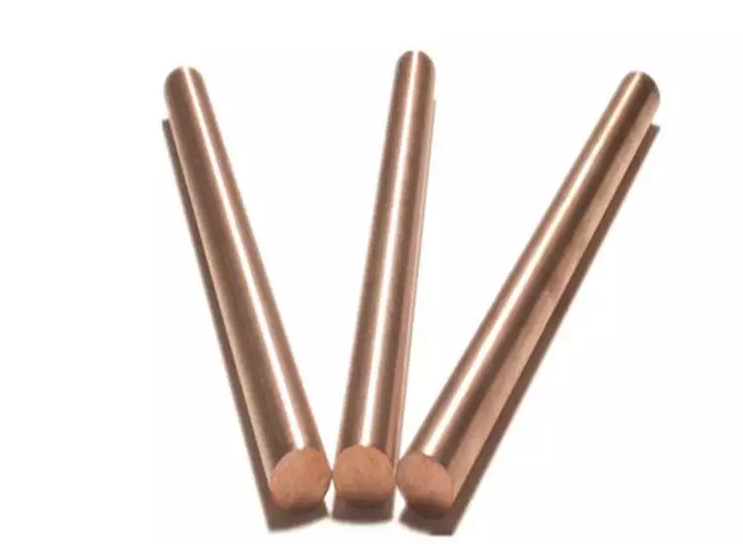How to Improve the Performance of Tungsten Copper Alloy?

How to Improve the Performance of Tungsten Copper Alloy?
Tungsten-copper alloy is an alloy composed of tungsten and copper. Commonly used tungsten copper alloys contain 10% to 50% copper. The alloy can be prepared by powder metallurgy and has good electrical and thermal conductivity, good high-temperature strength, and certain plasticity. In this article, we will introduce how to improve the performance of tungsten copper alloy.

How to Improve the Performance of Tungsten Copper Alloy?
Tungsten-copper alloy is a uniformly mixed structure of tungsten and copper two-phase monomers, which are neither miscible nor form intermetallic compounds. It is a typical pseudo-alloy. Modern production needs to obtain tungsten-copper composite materials with higher performance and greater density. It is necessary to overcome the mutual insolubility of tungsten and copper and combine the characteristics of tungsten-copper composite products to perform compact pressure processing to improve compactness and comprehensive performance to meet the requirements of modern production.
There are two main methods to improve the performance of tungsten-copper alloys. One is to prepare ultrafine tungsten-copper powder, and the other is to improve the pressure-density process of tungsten-copper composite materials.
The Ways to Prepare Tungsten Copper Ultrafine Raw Powder
There are six main preparation methods for ultrafine tungsten-copper composite raw powder, including mechanical alloying, sol-gel method, spray drying method, oxide co-reduction method, mechanical-thermochemical synthesis method, and precipitation method.
1. Mechanical alloying is putting the raw material powder of tungsten and copper into a high-performance ball mill for ball milling and controlling the time and rotation speed to obtain the refined raw material powder.
2. The tungsten copper composite powder prepared by the sol-gel method has uniform particle size, high purity, large surface activity, and is easy to prepare and shape.
3. Spray drying method can only obtain tungsten and copper oxide powder and use the reduction method to obtain the ultra-fine tungsten-copper composite powder.
4. In the oxide co-reduction method, tungsten and copper oxides are easier to mix and distribute than elemental metals, and the fully dispersed tungsten and copper oxides are reduced to obtain the ultra-fine and uniform tungsten-copper composite powder.
5. The mechanical-thermochemical synthesis method uses tungsten and copper oxide powders to mechanically alloy and ball mill the powder to prepare the powder, and then use the reduction method to obtain the composite powder.
6. The precipitation method uses the liquid phase to first precipitate the precipitate and then undergoes calcination, reduction, and other process conditions to finally obtain the tungsten copper composite powder.
In actual production and application, a variety of ways are often combined to obtain ultrafine tungsten copper composite raw powder to meet various production needs.
The Pressure Densification Processes for Improving Tungsten Copper Composite Materials
In order to further improve the compactness of formed products of tungsten-copper composite materials and improve their performance, pressure compaction processing is carried out according to the characteristics of product varieties and shapes. At present, the main pressure processing methods are hot isostatic pressing, hydrostatic extrusion, hot forging, and other methods.
1. Hot isostatic pressing can eliminate defects such as voids and shrinkage holes in the tungsten copper composite material. This process makes full use of the ductility of copper and improves the performance of the material, but the method has high equipment costs and low efficiency.
2. Hydrostatic extrusion is the use of a fluid medium to transfer force to the material, which is more conducive to the uniformity of deformation. This method can greatly improve the density, strength, and conductivity of the tungsten copper composite material.
3. Commonly used deformation processes such as hot forging and hot rolling have also improved the properties of tungsten copper composites.
Conclusion
Thank you for reading our article and we hope it can help you know how to improve the performance of tungsten copper alloy. If you want to learn more about tungsten and tungsten alloys, we would like to advise you to visit Advanced Refractory Metals (ARM) for more information.
Headquartered in Lake Forest, California, USA, Advanced Refractory Metals (ARM) is a leading manufacturer & supplier of refractory metals & alloys across the world. It provides customers with high-quality refractory metals & alloys such as tungsten, molybdenum, tantalum, rhenium, titanium, and zirconium at a very competitive price.
{{item.content}}
LEVE A REPLY
{{item.children[0].content}}
{{item.content}}






